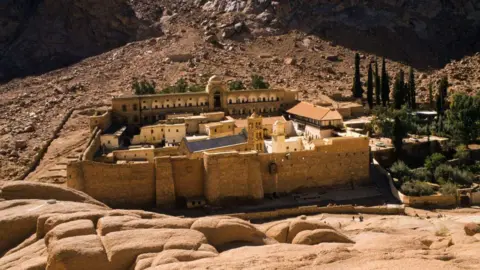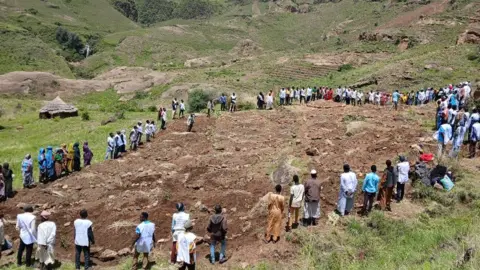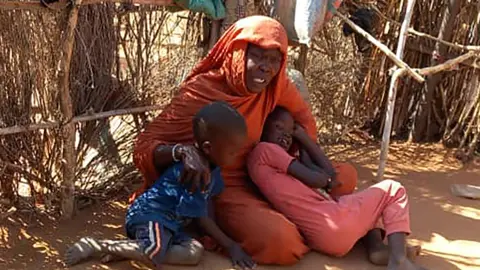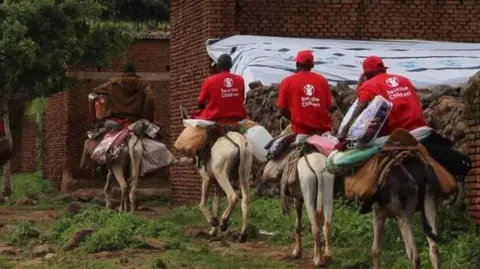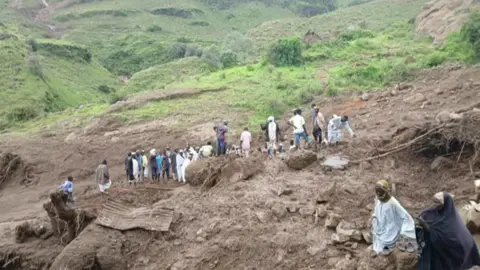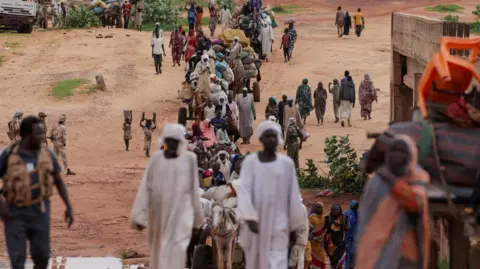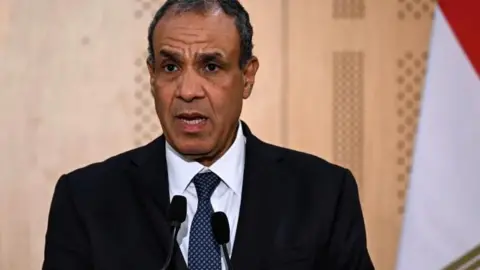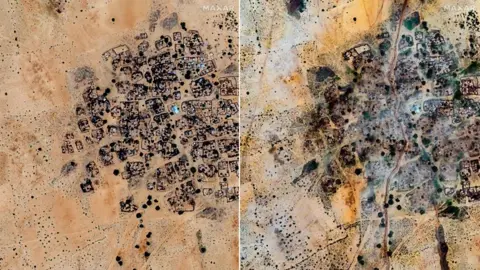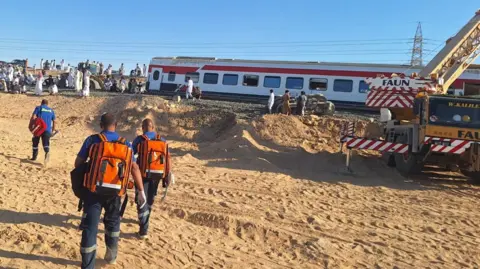Ethiopia has officially announced the completion of the Grand Ethiopian Renaissance Dam (GERD) on the Blue Nile, a project that has stirred tensions with Egypt and Sudan since its inception in 2011. Valued at $4 billion, the GERD has become Africa’s largest hydroelectric facility and is a symbol of national pride for Ethiopians.
Prime Minister Abiy Ahmed highlighted the importance of the dam for Ethiopia’s energy needs, stating, “To our neighbours downstream - Egypt and Sudan - our message is clear: the Renaissance Dam is not a threat, but a shared opportunity.” Ethiopia asserts that the dam will help provide electricity to its population, of which around 60% currently lacks access.
However, the fulfillment of this ambitious project exacerbates fears in Egypt and Sudan regarding their water supply from the Nile. Egypt, which relies on the river for nearly all of its freshwater, maintains that a mere 2% reduction in flow could devastate extensive irrigated agricultural land, affecting food security. Sudan shares similar apprehensions due to its dependence on the Nile.
This contentious backdrop recalls statements made by past leaders, including former U.S. President Donald Trump, who mentioned threats to the dam regarding the ongoing disputes. Nonetheless, Abiy has expressed a willingness to engage in discussions with Egypt and Sudan, inviting both nations to the dam's official inauguration scheduled for September.
Despite this diplomatic overture, the regional leaders remain cautious. Only days prior, President Abdel Fattah al-Sisi of Egypt and Sudan’s military chief, Abdel Fattah al-Burhan, reaffirmed their united stance against unilateral actions concerning the Blue Nile Basin, reflecting the ongoing complexity of the situation.
With the GERD completed, the possibility of further negotiations appears tenuous as Ethiopia seeks to harness its water resources for development while navigating the delicate balance of regional cooperation amid staunch opposition from its downstream neighbors.
Prime Minister Abiy Ahmed highlighted the importance of the dam for Ethiopia’s energy needs, stating, “To our neighbours downstream - Egypt and Sudan - our message is clear: the Renaissance Dam is not a threat, but a shared opportunity.” Ethiopia asserts that the dam will help provide electricity to its population, of which around 60% currently lacks access.
However, the fulfillment of this ambitious project exacerbates fears in Egypt and Sudan regarding their water supply from the Nile. Egypt, which relies on the river for nearly all of its freshwater, maintains that a mere 2% reduction in flow could devastate extensive irrigated agricultural land, affecting food security. Sudan shares similar apprehensions due to its dependence on the Nile.
This contentious backdrop recalls statements made by past leaders, including former U.S. President Donald Trump, who mentioned threats to the dam regarding the ongoing disputes. Nonetheless, Abiy has expressed a willingness to engage in discussions with Egypt and Sudan, inviting both nations to the dam's official inauguration scheduled for September.
Despite this diplomatic overture, the regional leaders remain cautious. Only days prior, President Abdel Fattah al-Sisi of Egypt and Sudan’s military chief, Abdel Fattah al-Burhan, reaffirmed their united stance against unilateral actions concerning the Blue Nile Basin, reflecting the ongoing complexity of the situation.
With the GERD completed, the possibility of further negotiations appears tenuous as Ethiopia seeks to harness its water resources for development while navigating the delicate balance of regional cooperation amid staunch opposition from its downstream neighbors.




